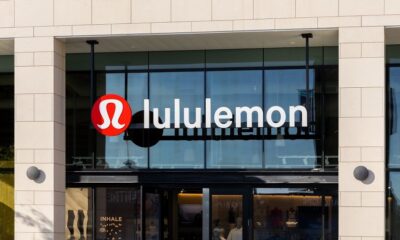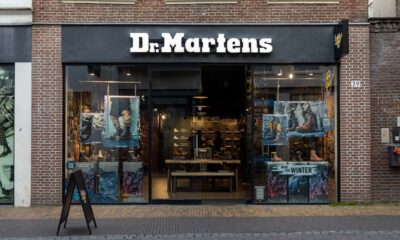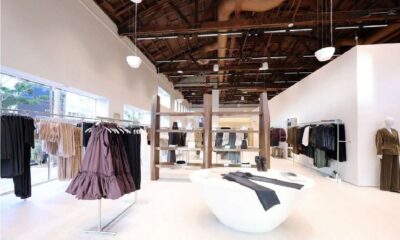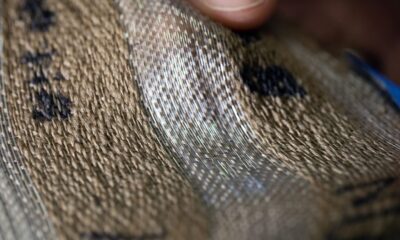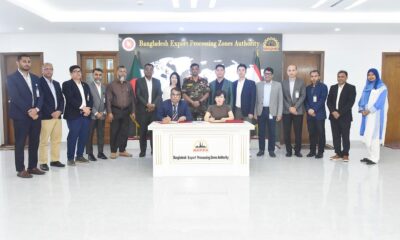Fashion
Finland’s Amer Sports returns back to profit; Q2 revenue rises 23%
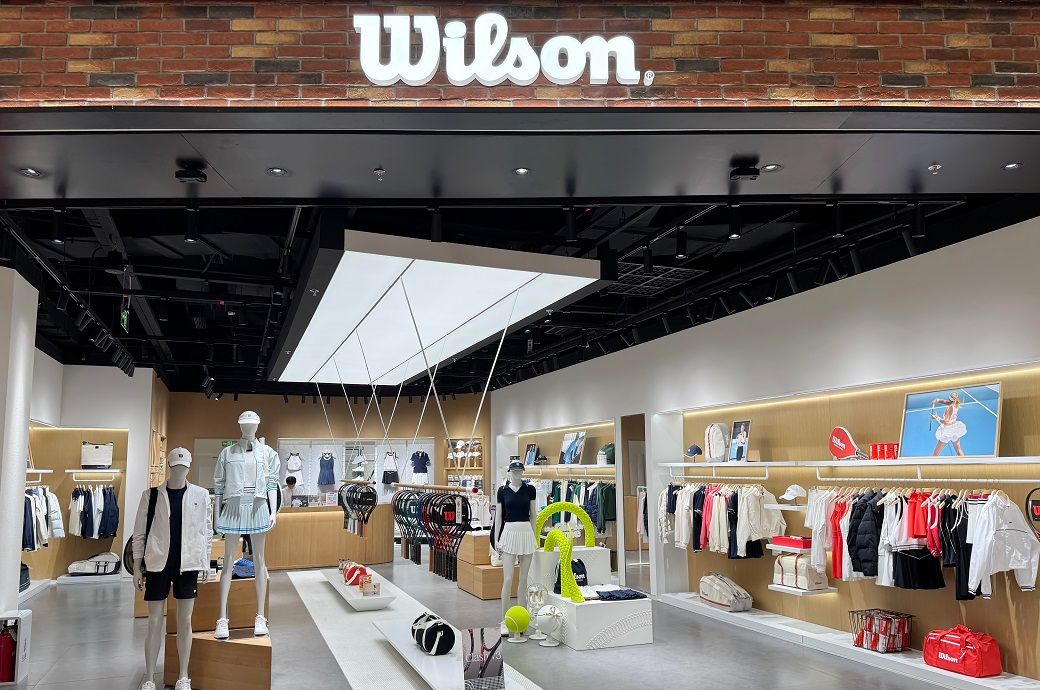
The gross margin improved by 270 basis points (bps) to 58.5 per cent, with adjusted gross margin at 58.7 per cent. The net income improved from a loss of $4 million to a profit of $18 million, translating to diluted EPS of $0.03, while adjusted net income rose 46 per cent to $36 million, or $0.06 per share.
Amer Sports has posted strong Q2 2025 results with revenue up 23 per cent to $1.24 billion and net income at $18 million versus a loss last year.
Technical Apparel and Outdoor Performance drove growth, boosting margins.
Full-year revenue is forecast to rise 20–21 per cent, with strong segment outlooks.
Wilson CEO Joe Dudy will step down, with CFO Andrew Page appointed interim CEO.
Selling, general and administrative (SG&A) expenses increased 23 per cent to $698 million, while adjusted SG&A rose 27 per cent to $677 million. Operating profit climbed 614 per cent to $44 million, while adjusted operating profit increased 130 per cent to $67 million, supported by $19 million in government grants, Amer Sports said in a press release.
The operating margin expanded 430 bps to 3.5 per cent, with adjusted operating margin up 260 bps to 5.5 per cent. By segment, adjusted operating margin stood at 13.9 per cent for Technical Apparel, and 5.1 per cent for Outdoor Performance.
“Amer Sports’ strong momentum continued in the second quarter, as our unique portfolio of premium technical brands continues to create white space and take share in sports and outdoor markets around the world,” said James Zheng, CEO at Amer Sports. “We remain confident in our ability to manage through higher tariffs and other near-term macro uncertainties, while also ensuring that we develop each of our unique brands for high quality, long duration growth. The recent Salomon footwear acceleration, Arc’teryx’s continued momentum, and steady results from our equipment franchises position us well for another strong performance in 2025 and beyond.”
For full-year 2025, Amer Sports expects adjusted revenue growth of 20–21 per cent YoY, supported by a 100-bps foreign exchange (FX) benefit, with gross margin around 57.5 per cent and operating margin between 11.8–12.2 per cent. Adjusted EPS is projected in the range of $0.77–0.82, based on 561 million shares. Technical Apparel and Outdoor Performance are both forecast to deliver revenue growth of 22–25 per cent, with segment margins of 21 per cent and 11–11.5 per cent respectively.
For the third quarter (Q3) of 2025, the company anticipates revenue growth of around 20 per cent, including a 150-bps FX tailwind. Gross margin is projected at 56.5 per cent and operating margin between 12–13 per cent. Net finance costs are expected at $30–35 million, with an effective tax rate of 28–30 per cent. Adjusted diluted EPS is forecast in the range of $0.2–0.22.
“The inflection of Salomon footwear adds a strong second leg of growth to Arc’teryx’s already exceptional sales and margin trajectory, significantly elevating the long-term value creation potential of our portfolio of premium sports and outdoor brands,” said Andrew Page, CFO at Amer Sports.
The company stated that Wilson President and CEO Joe Dudy will step down on August 31 to pursue new opportunities but remain an advisor until March 2026. CFO Andrew Page has been named interim President and CEO while retaining his Amer Sports role and leading the Ball & Racquet segment.
Fibre2Fashion News Desk (SG)
Fashion
ITA to continue till Advanced Framework Agreement ratified: EU, Chile
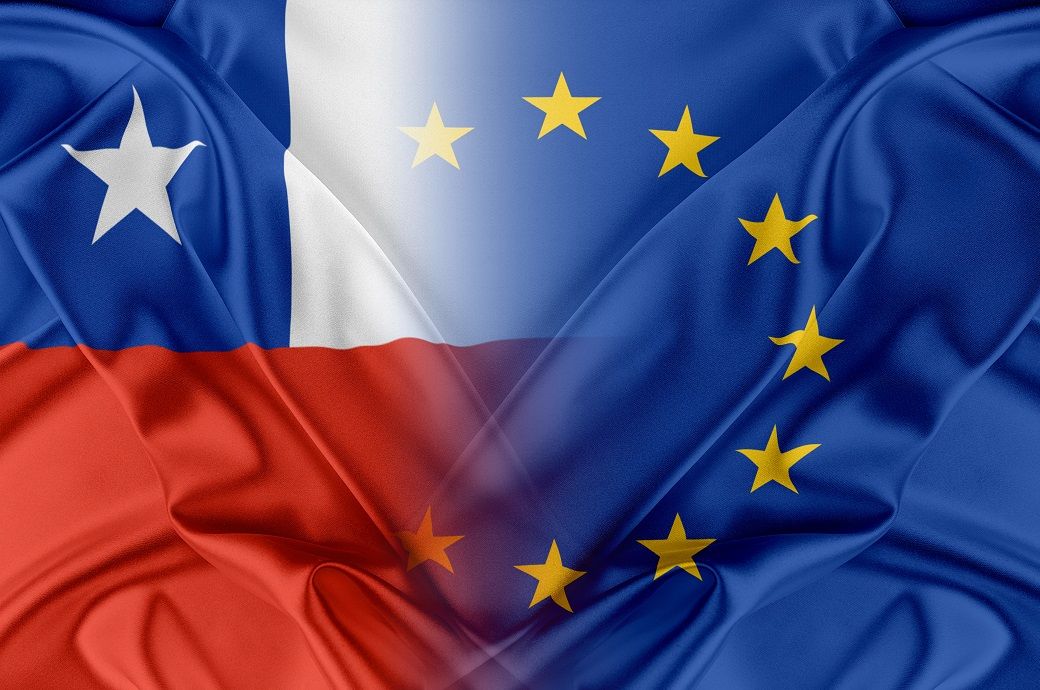
A review of the trade and sustainable development provisions of the ITA is under way.
EU high representative for foreign affairs and security policy Kaja Kallas recently met Chilean Minister of Foreign Affairs Alberto van Klaveren. Both co-chaired the first EU-Chile Joint Council under the Advanced Framework Agreement in Brussels.
The EU and Chile are committed to deepening their trade and investment relations under the Interim Trade Agreement, which came into force on February 1 and will remain in force until the new Advanced Framework Agreement has been fully ratified.
Both sides will continue to cooperate on ensuring reliable and sustainable supply chains, including through diversification and support to strategic investments.
The first EU-Chile Trade Council meeting was held under the new ITA, according to an EU release.
The EU is Chile’s third-largest trade partner and the top source of foreign direct investment (FDI).
Both sides will continue to cooperate on ensuring reliable and sustainable supply chains, including through diversification and support to strategic investments, a joint statement issued said.
Chile welcomed the interest of the EU in establishing a dialogue with the member countries of the Comprehensive and Progressive Agreement for Trans-Pacific Partnership (CPTPP). Both parties affirm their ambition to translate this dialogue into a shared agenda.
Both sides remain committed to ensuring the effective implementation of the Advanced Framework Agreement, and to achieving its full ratification.
The provisional application of the EU-Chile Advanced Framework Agreement began on June 1, 2025.
Fibre2Fashion News Desk (DS)
Fashion
Chanel debuts A$AP Rocky as ambassador, with Margaret Qualley teaser video

Published
November 30, 2025
Chanel has appointed A$AP Rocky as a new brand ambassador and debuted his tenure with a teaser video shot in New York co-starring Margaret Qualley.
The video appeared Sunday just 48 hours before Chanel’s couturier Michel Blazy will stage his debut collection of Métiers d’Art also in New York. It’s a unique line first created by Karl Lagerfeld that highlights the unique stable of artisans Chanel has assembled in such skills as embroidery, pleating, glove-making and costume jewelry.
Directed by Michel Gondry, the 2.49-minute short opens with the stars waking up in the bed of a walkup apartment in Williamsburg. Where, after a quick peck on her lover’s forehead, Qualley disappears into a tiny bathroom, before magically changing out of her blue nightie and reappearing in a red, white and blue houndstooth Chanel jacket, paired with pale blue pants, her hair in a chignon.
https://www.youtube.com/watch?v=live
No sooner than she has disappeared, than A$AP leaps out of bed and descends the tenement building’s outside steel stairs and sets off on a mad dash after Qualley. This leads to him swimming under the Brooklyn Bridge, and running north through the Lower East Side, before finally catching up with Qualley at Astor Place station. All the action backed up my moody ambient music courtesy of Le Motel.
In between, the rapper and husband of Rihanna, manages to find time to stop in two discount stores to acquire pants and a blazer. Arriving just in time, to genuflect onto one knee, and hold out a small white Chanel box, containing one assumes a diamond engagement ring, at the station entrance. The sight of which leads the actress to leap into the air in paroxysm of joy, before the happy couple march arm and arm back into the subway.
And off one assumes to attend the Métiers d’Art show, which will be revealed on Tuesday, 8 p.m. NYC time.
Copyright © 2025 FashionNetwork.com All rights reserved.
Fashion
Canada’s Lululemon revamps commercial strategy with new global leader
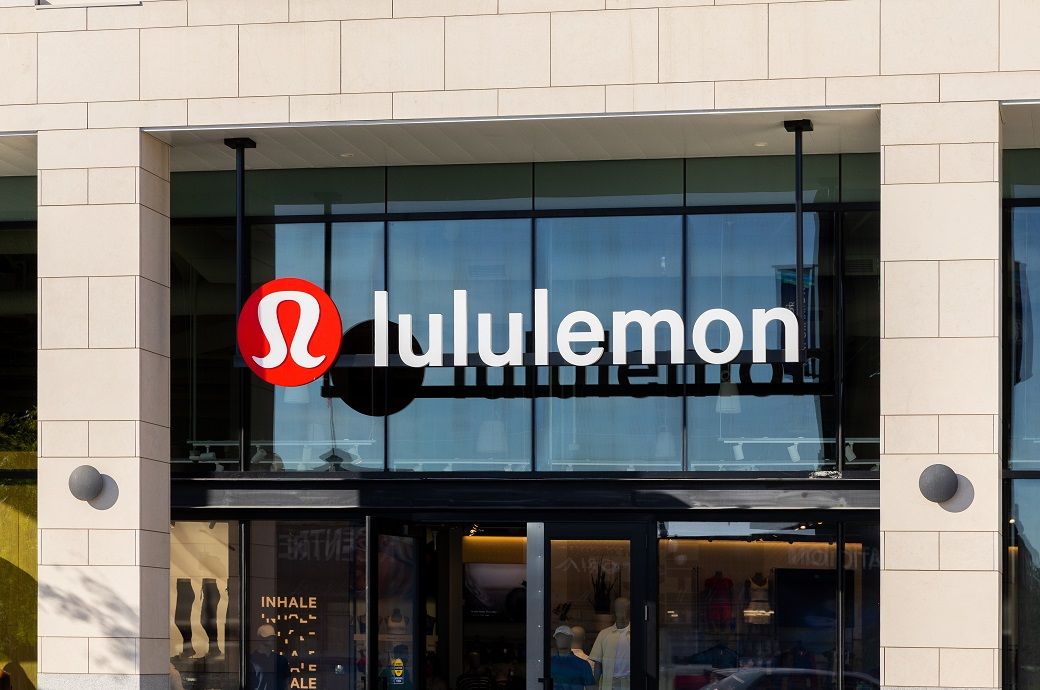
Ms. Burgoyne joined lululemon in 2006 and became the company’s first President in 2020. Throughout her tenure, she has assumed roles of increasing responsibility and led the North America business through periods of rapid growth and expansion.
Lululemon Athletica has announced that Celeste Burgoyne, president of the Americas and global guest innovation, will leave at the end of December 2025 after 19 years with the brand.
The company will consolidate regional leadership and has appointed André Maestrini as president and chief commercial officer, giving him global oversight of stores, regions, digital channels and commercial strategy.
“We are grateful for Celeste’s leadership and significant contributions to lululemon’s business and culture over the past 19 years. She has been instrumental in growing our footprint in the Americas, creating high-quality guest experiences, and mentoring our teams across the organization,” said Calvin McDonald, Chief Executive Officer, lululemon. “I deeply appreciate her partnership and friendship, and we wish her all the best in the future.”
“My time at lululemon has been both inspiring and rewarding beyond belief,” said Ms. Burgoyne. “I am so proud of what we have accomplished as an organization since I joined in 2006 and know the team will take the company to even greater heights in the years to come. I look forward to continuing to support the brand as a lifelong fan.”
In conjunction with this announcement, lululemon has made the decision to consolidate regional leadership across the company and appoint André Maestrini as President and Chief Commercial Officer, effective immediately. Mr. Maestrini will continue to report directly to Mr. McDonald.
In this newly created role, Mr. Maestrini will provide integrated oversight of all of lululemon’s regions, stores, and digital channels globally. He will also oversee lululemon’s global commercial strategy with a focus on continued market expansion, revenue generation, and accelerating best practice sharing, across all regions including North America.
Mr. Maestrini joined lululemon in 2021 as Executive Vice President of International. In his current role, he has overseen lululemon’s operations in EMEA, APAC, and China Mainland, and has helped to more than quadruple lululemon’s international revenues.
“André has demonstrated a proven ability to unlock opportunities, advance our global expansion, and deliver growth across multiple markets,” said Mr. McDonald. “Leveraging operational discipline, deep guest insights, and extensive brand-building experience, André is the ideal person to lead our business across all markets, including North America, as we remain focused on delivering value for our guests, employees, and shareholders.”
Before joining lululemon, Mr. Maestrini spent 14 years at adidas in various senior roles across the globe. During this time, he served in a number of General Manager positions where he helped grow the company’s global sports categories and regional markets. Prior to adidas, Mr. Maestrini held marketing roles at The Coca-Cola Company, Danone, and Kraft Jacobs Suchard.
Note: The headline, insights, and image of this press release may have been refined by the Fibre2Fashion staff; the rest of the content remains unchanged.
Fibre2Fashion News Desk (RM)
-

 Sports1 week ago
Sports1 week agoWATCH: Ronaldo scores spectacular bicycle kick
-

 Entertainment7 days ago
Entertainment7 days agoWelcome to Derry’ episode 5 delivers shocking twist
-

 Politics7 days ago
Politics7 days agoWashington and Kyiv Stress Any Peace Deal Must Fully Respect Ukraine’s Sovereignty
-

 Business1 week ago
Business1 week agoKey economic data and trends that will shape Rachel Reeves’ Budget
-

 Tech5 days ago
Tech5 days agoWake Up—the Best Black Friday Mattress Sales Are Here
-

 Fashion7 days ago
Fashion7 days agoCanada’s Lululemon unveils team Canada kit for Milano Cortina 2026
-

 Tech5 days ago
Tech5 days agoThe Alienware Aurora Gaming Desktop Punches Above Its Weight
-

 Politics1 week ago
Politics1 week ago53,000 Sikhs vote in Ottawa Khalistan Referendum amid Carney-Modi trade talks scrutiny


